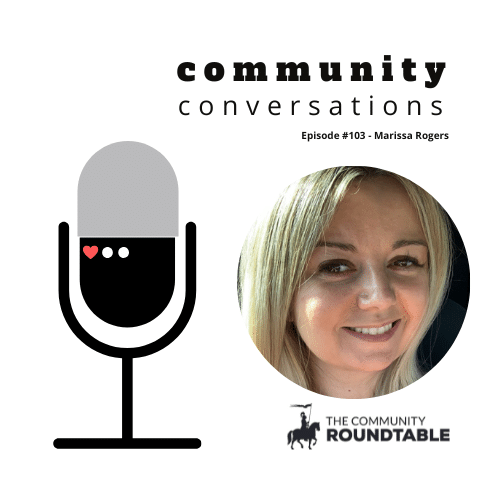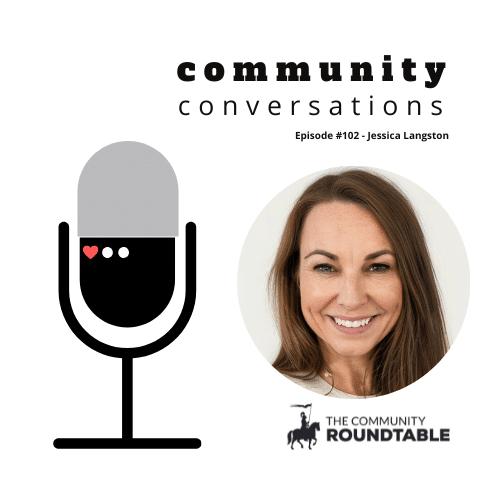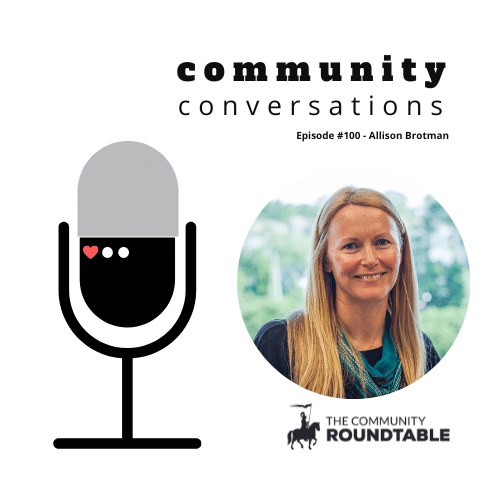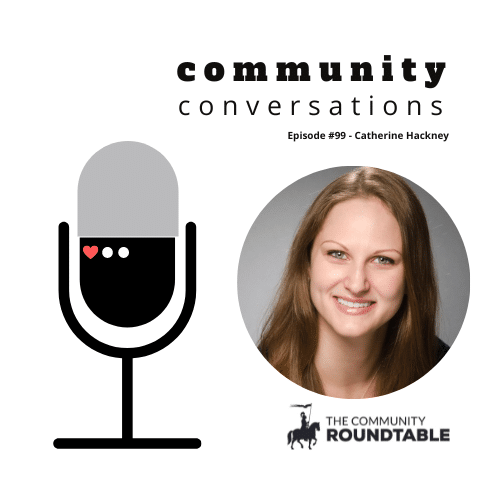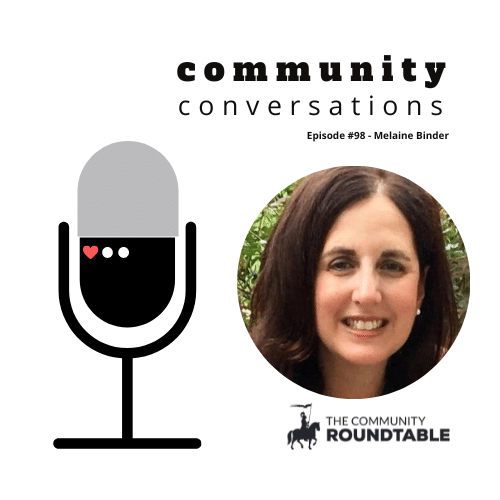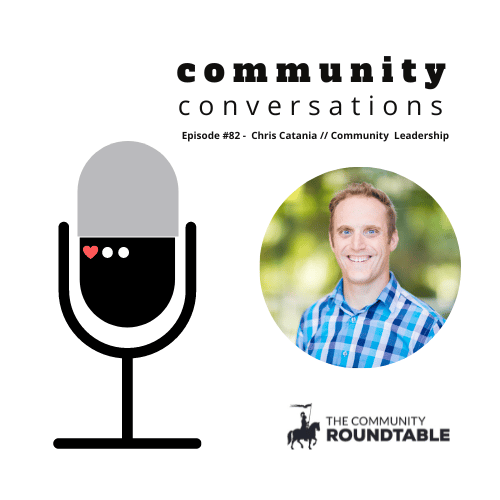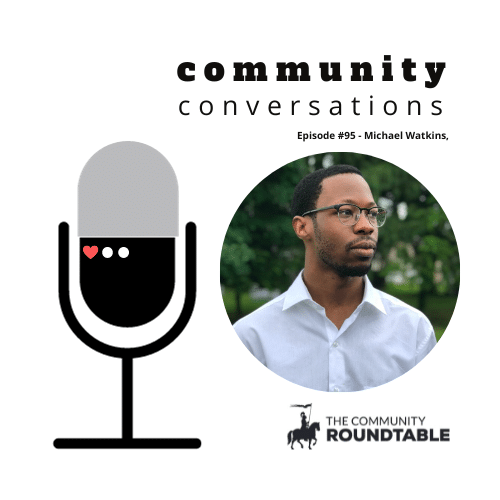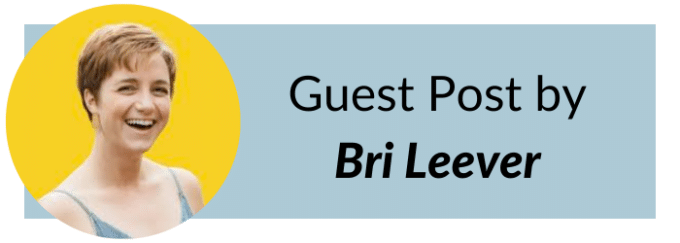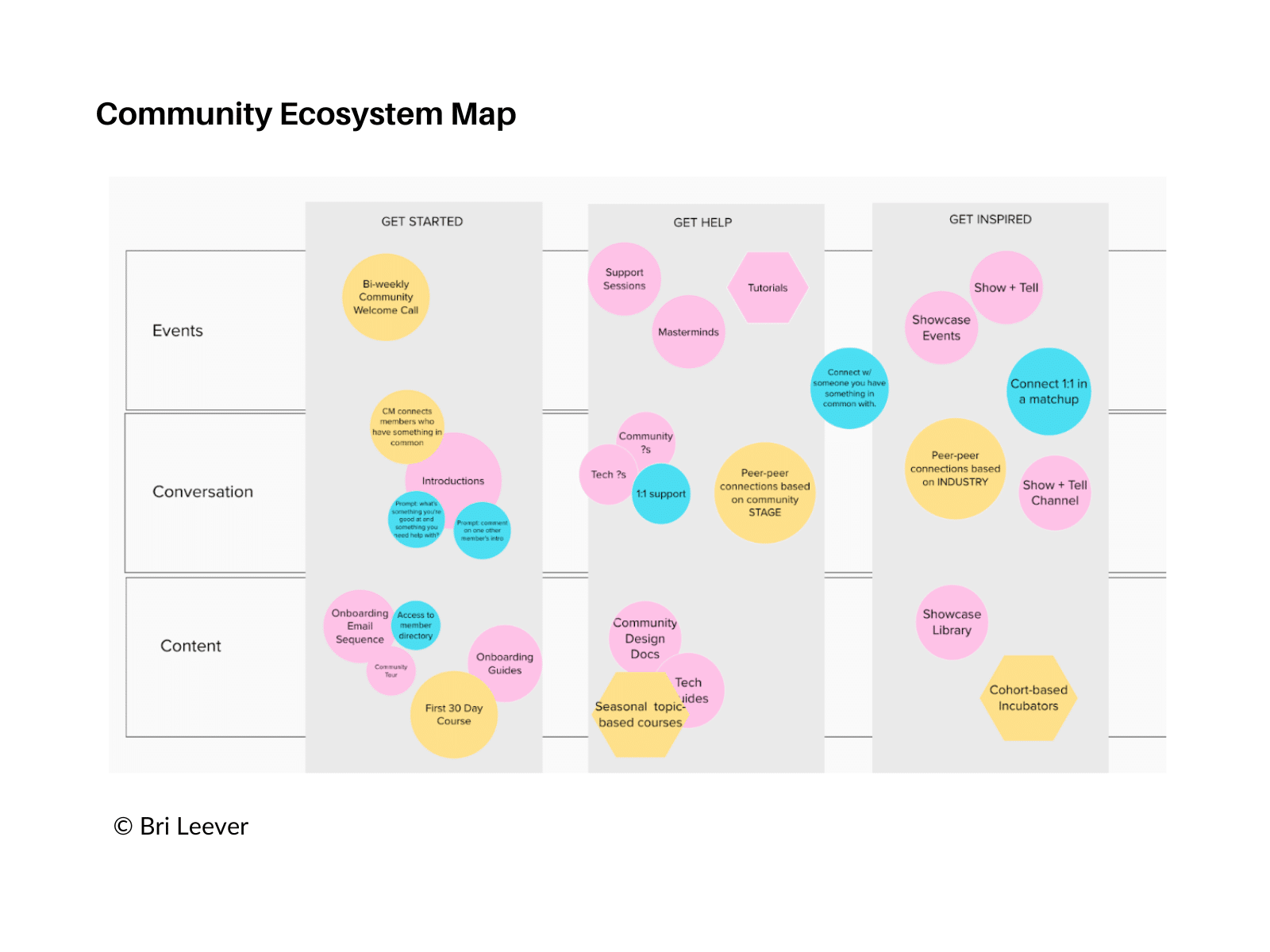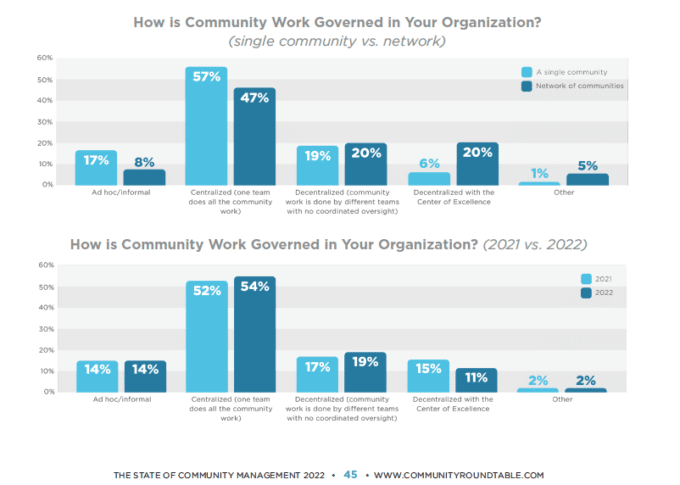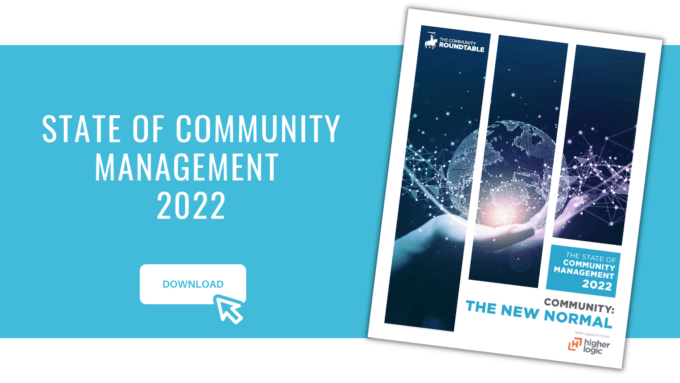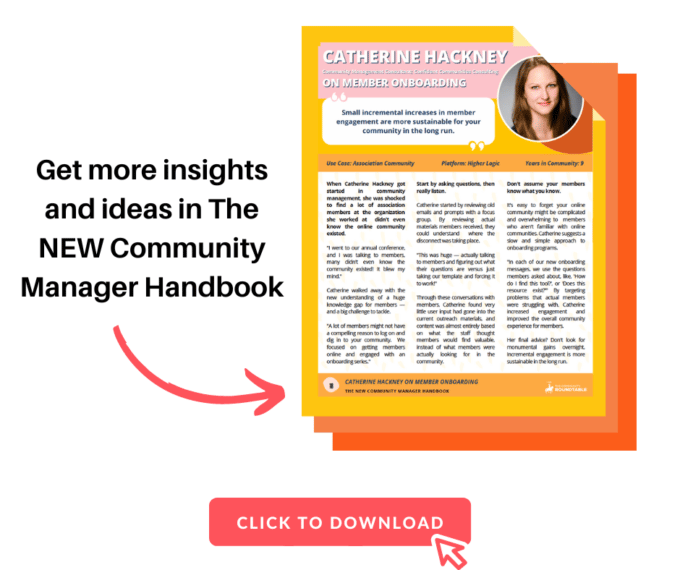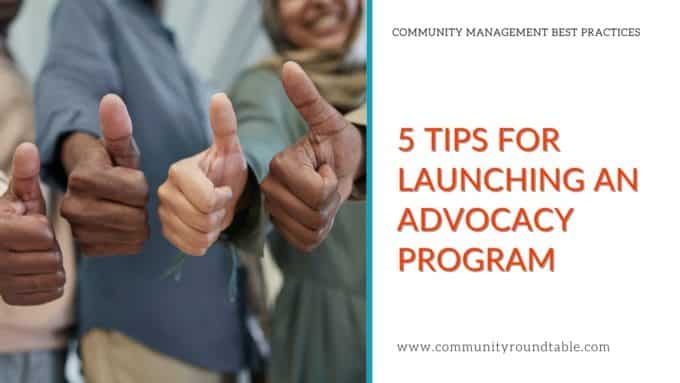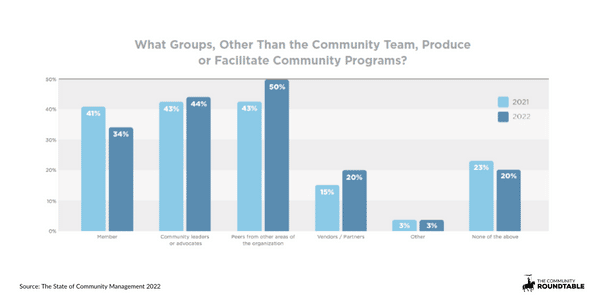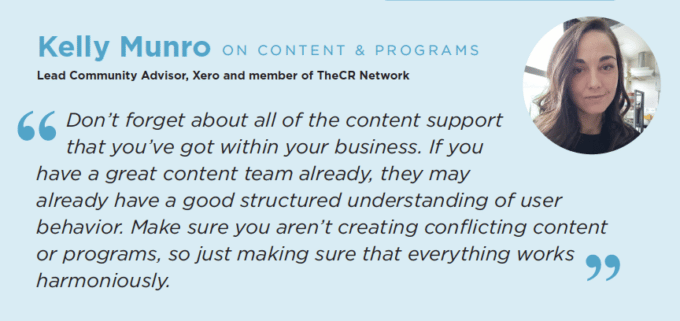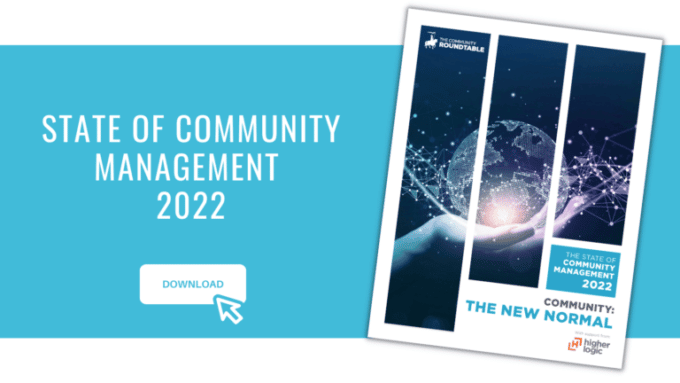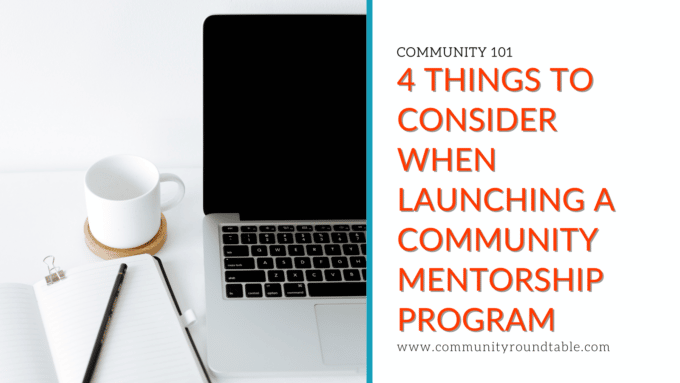Community Conversations is a long-running podcast series highlighting community success stories from a wide variety of online community management professionals.
Episode #96 of Community Conversations features Michelle Mathias, Manager, Community Experience and Programs (Esri Community), and Brianna Ettley, Community Manager, Engagement and Content at Esri.
Hosts Jim Storer and Shannon Abram chat with Michelle and Brianna about the Esri Community program, including a deep dive in their award-winning community advocacy programs.
They also discuss cultivating community leaders, how they grew the MVP program in the Esri Community since its start in 2014, and what’s in store for the Esri Community as they plan a migration to Khoros’ Aurora platform.
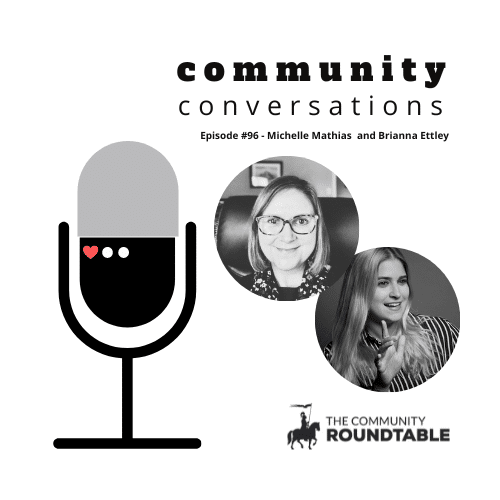
Listen to Michelle Mathias and Brianna Ettley on Using MVPs to Power Effective Communities
Podcast: Play in new window | Download

About Esri
Esri is the global market leader in geographic information system (GIS) software, location intelligence, and mapping.
Since 1969, they have supported customers with geographic science and geospatial analytics, what they call The Science of Where.
They take a geographic approach to problem-solving, brought to life by modern GIS technology. They are committed to using science and technology to build a sustainable world.
About Esri Community
Esri Community is an award-winning global online community of Esri users where you can find solutions, share ideas, and collaborate to solve problems with GIS.
- User Engagement in Support Communities
- Automation and AI in Online Communities
- Authentic Engagement in Online Communities
- The Intersection of Learning and Communities
- Community Building for Associations
- Melanie Binder on Community Technology Platforms
- Leveraging Data Analytics for Community Success
- Using MVPs to Power Effective Communities
- Fostering a Productive Workplace Culture with Community
- Community Building at USAA
